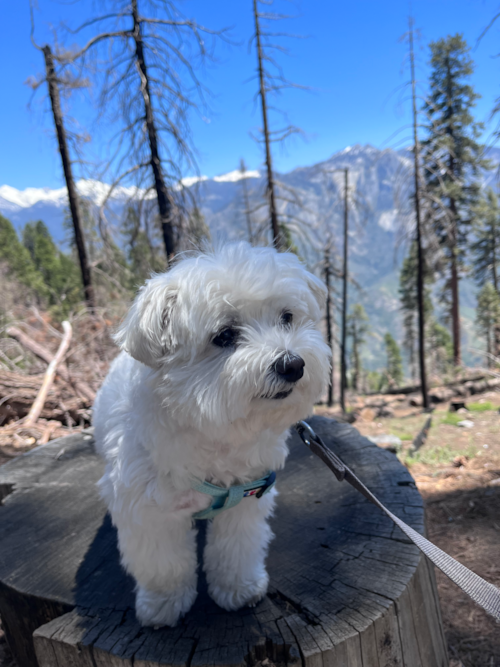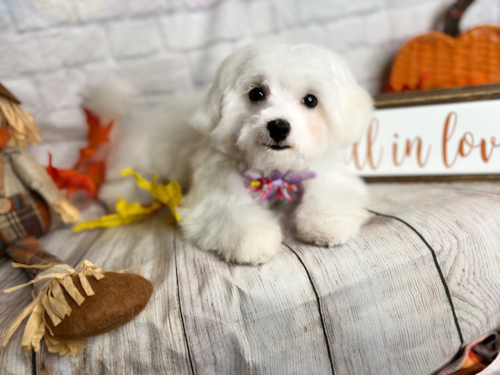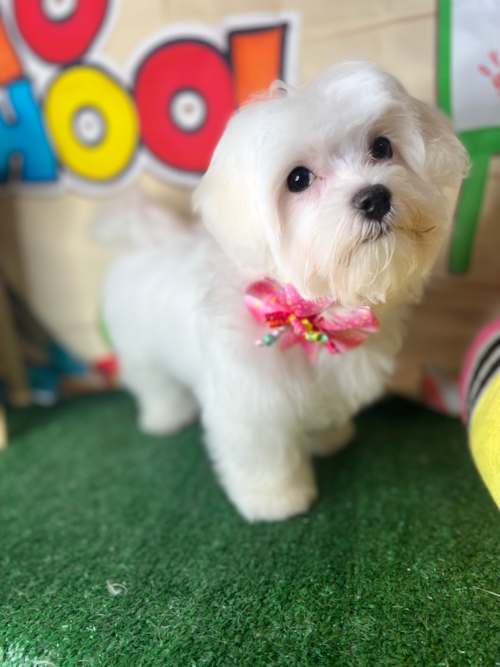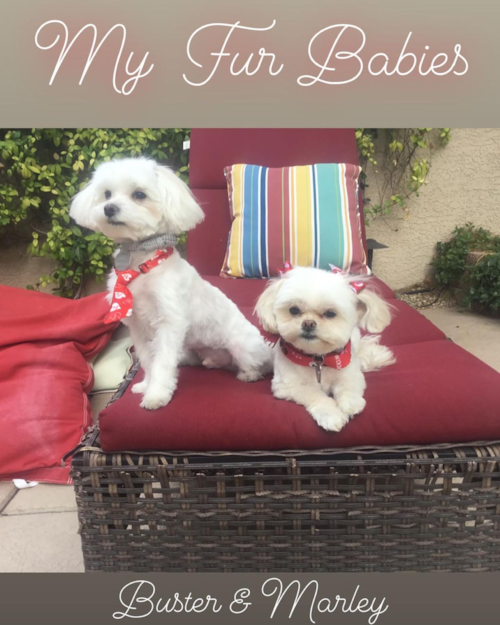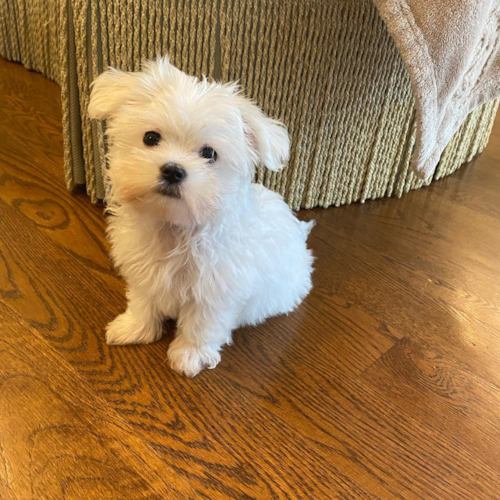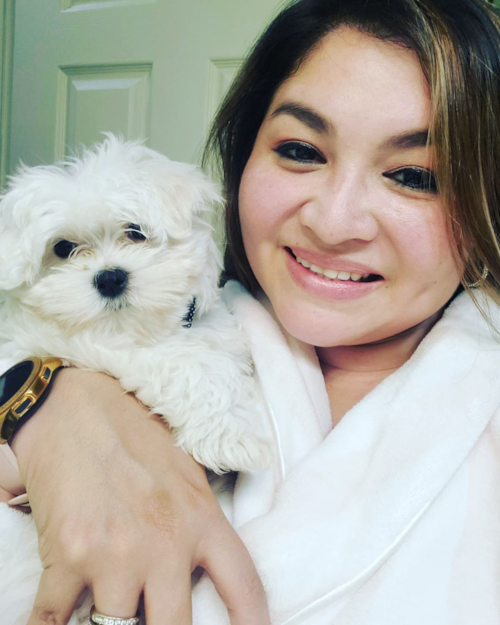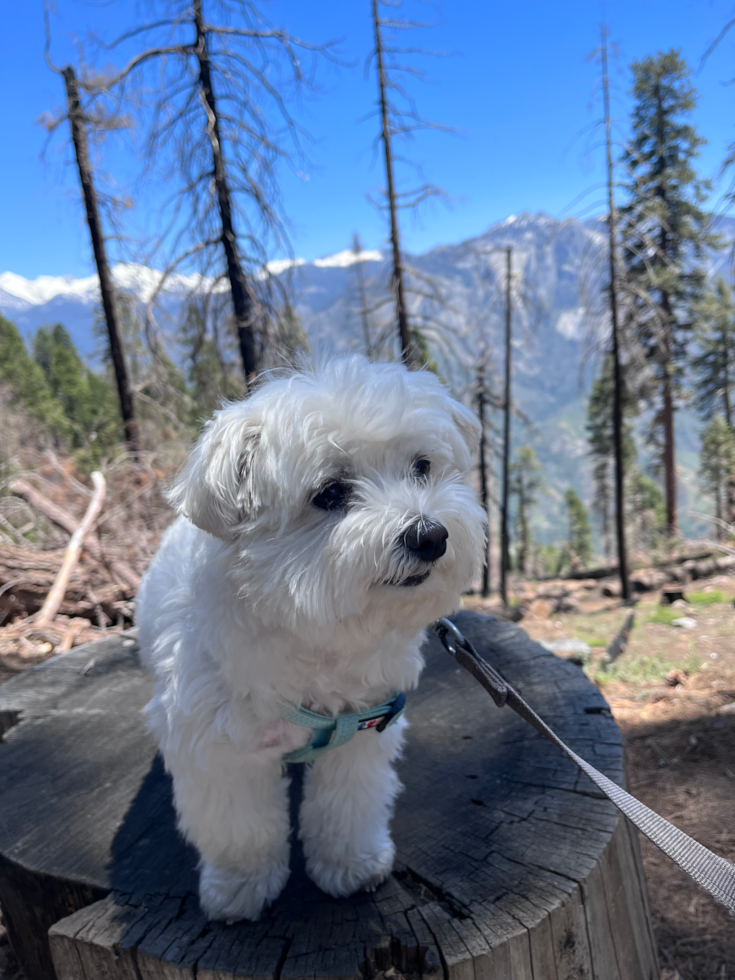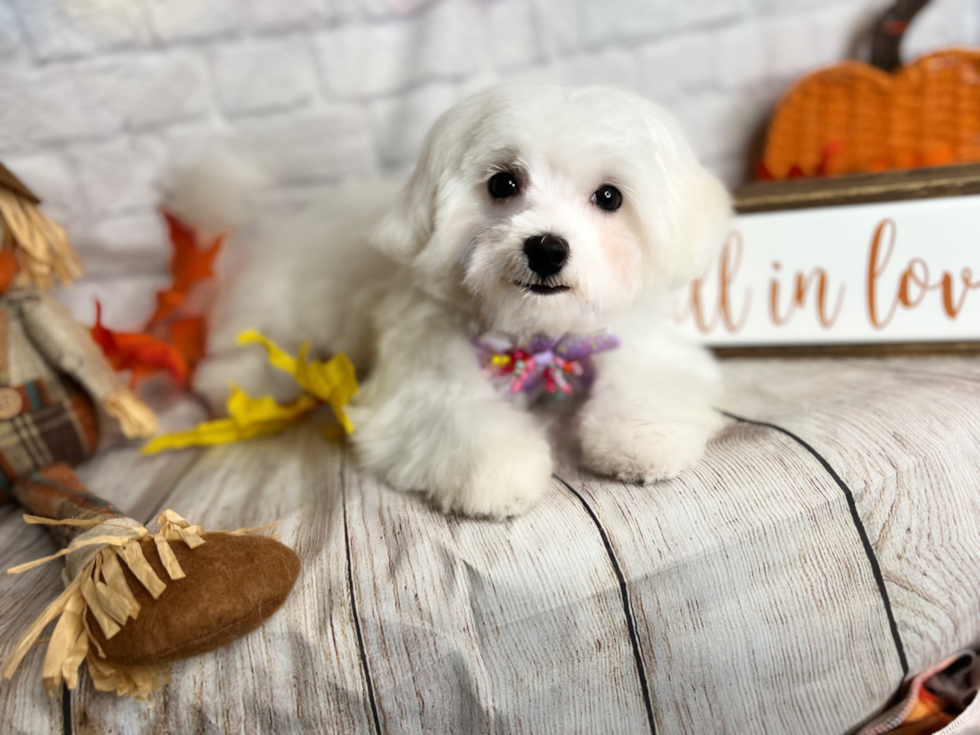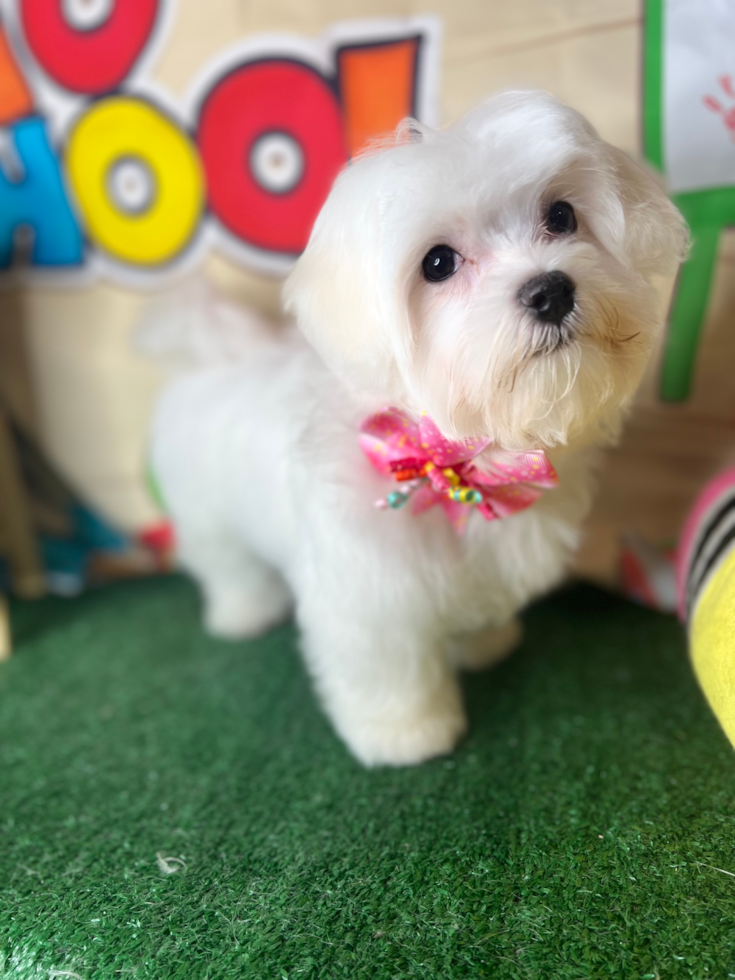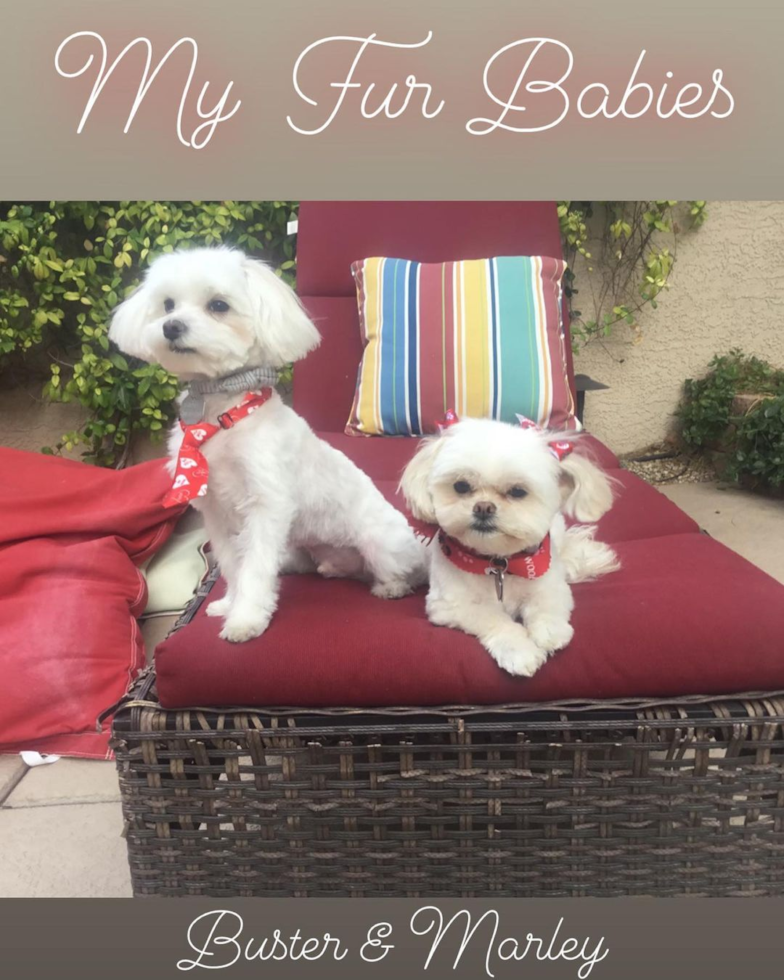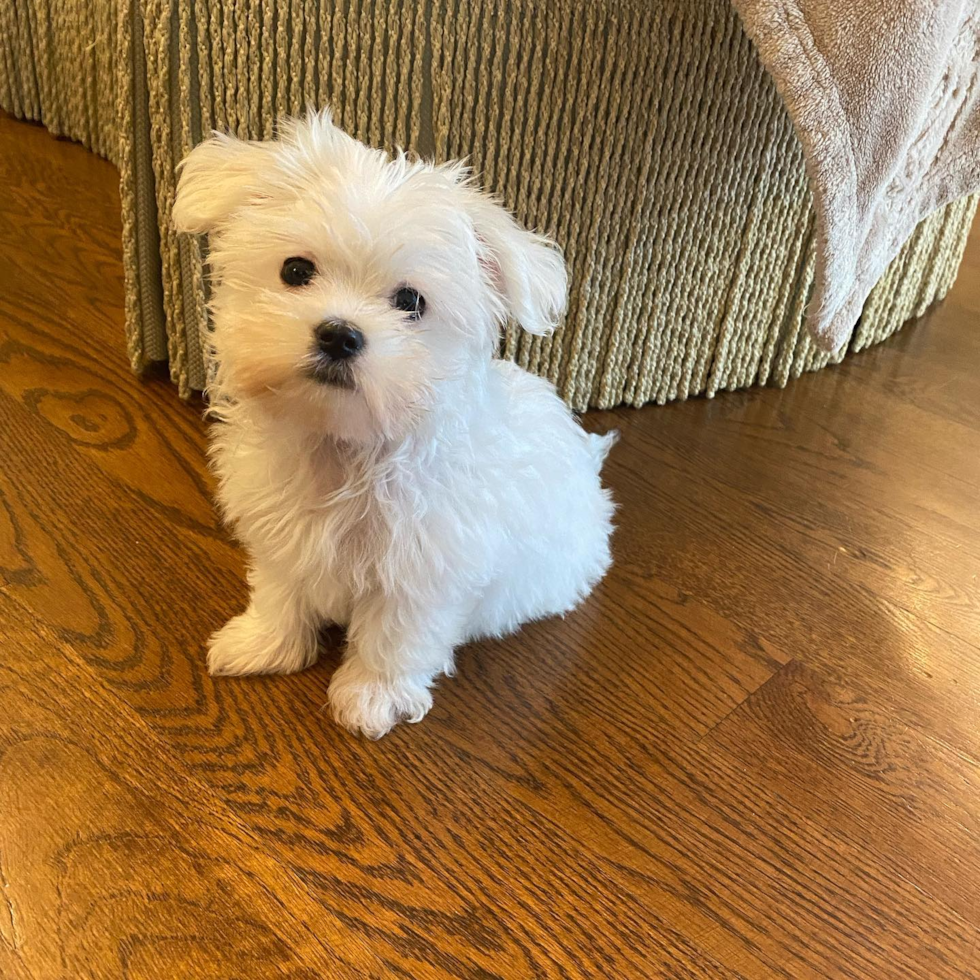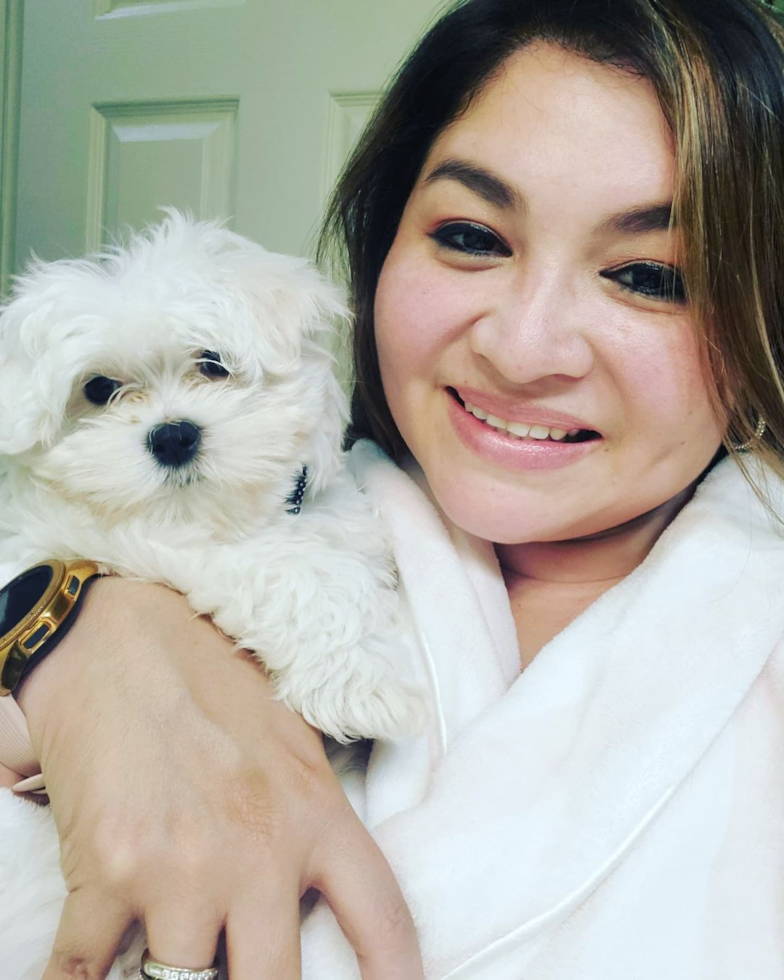Maltese Breed Information

When it comes to lap-sized luxury, the Maltese breed steals the show. Sporting a shimmering white coat, an agile frame, and an irresistible charm, these dogs are nothing less than captivating. Considered one of the most affectionate breeds in the world today, the Maltese showers its human companions with unwavering love and devotion.
This breed's origins trace back to the Mediterranean island nation of Malta, where they held esteemed positions as the pampered pets of aristocracy. Their charming appearance and loving disposition haven't gone unnoticed over the centuries, ensuring their place as a favored companion among dog lovers.
The Maltese isn't just about companionship and beauty, though. This breed embodies a vibrant energy and intelligent curiosity, characteristics that are immediately apparent once you meet them. Their lively personality and innate intelligence make them quick learners, and they have a knack for picking up tricks and commands faster than the speed of light.
Their most distinctive feature is their illustrious white coat. Silky, straight, and undeniably eye-catching, the Maltese's coat gives them a regal look that belies their small size. Yet, despite the high-maintenance appearance, grooming a Maltese is quite manageable with regular brushing and timely trims.
Living with a Maltese promises a delightful experience filled with companionship, lively play sessions, and plenty of affectionate cuddles. They're energetic without being overly demanding, and they're just as content to lounge on your lap as they are to chase after a toy.
Characteristics
- Small but Mighty: A key characteristic of the Maltese breed is their size. Don't be fooled by their petite stature - weighing under 7 pounds and standing just 7 to 9 inches tall, these dogs carry an air of aristocracy and show a robust, lively spirit that contradicts their delicate frame.
- Silken Coats: What instantly catches one's eye is the Maltese's resplendent white coat. This breed is famous for its silky, straight, floor-length fur that gives the impression of a poised, regal creature gliding across the floor. A testament to their unique beauty, the Maltese's coat is a significant characteristic that requires regular grooming to maintain its luster.
- Eternal Puppies: Known for their forever-young demeanor, the Maltese breed retains its puppy-like features and energy well into its senior years. This characteristic trait makes them a continuous source of joy and playfulness for their owners.
- Social Butterflies: The Maltese breed loves social interaction. Whether it's with their human family members, other dogs, or even strangers, they're known for being exceptionally friendly and outgoing, thriving in the company of others.
- Loyal Companions: The Maltese is a breed characterized by its fierce loyalty. These dogs develop strong attachments to their human families and enjoy spending quality time with them, whether it's snuggling on the couch or engaging in playtime.
- Intelligent and Trainable: Maltese dogs are quick learners. This breed's high intelligence makes them easily trainable, able to grasp new commands and tricks quickly. However, their independent streak can sometimes lead to a bit of stubbornness, so it's important to stay consistent with training.
- Energetic and Agile: Despite their small size, the Maltese breed is known for its agility and high energy levels. These dogs enjoy short walks, playful games, and engaging mental exercises, making them excellent companions for those who enjoy an active lifestyle.
Appearance
As you behold a Maltese, you're greeted with a vision of elegance that is hard to match. These little dogs carry an air of aristocracy, accentuated by their flowing white coats and graceful gait. Despite their regal looks, they are robust, compact, and slightly longer than tall, giving them a balanced structure.
Their size categorizes them as a toy breed, typically weighing no more than 7 pounds, and standing about 8 to 10 inches tall at the shoulder. However, it is their small size combined with their vivacious personality that often leads them to be referred to as "a lot of dog in a small space." An even smaller variant of the breed, the teacup Maltese, is a pint-size bundle of fluff that can fit in your purse with room to spare. The teacup size means the dogs weigh less than 6 pounds as adults.
The Maltese's head is in proportion to their body, with a rounded skull, medium-length muzzle, and a black nose. They have expressive, round eyes that are dark brown or black, often giving them an alert and intelligent expression.
Their ears are low set, and they have a good feathering of hair that blends seamlessly into the coat. When attentive, their ears give the illusion of a beautiful, framed face, leading to a body enveloped in a dazzling white coat.
And what an enchanting coat it is! One of the Maltese's most striking features is their long, silky, pure white coat. It's typically allowed to grow long and is parted down the middle, falling flat on either side of the body. This coat doesn't have an undercoat, which means less shedding and a hypoallergenic quality, making them an excellent choice for those with allergies.
Their tail is long and full of hair that is carried gracefully over their back, often giving the illusion of a plume. This gives the finishing touch to their overall elegant appearance.
This remarkable appearance, coupled with their spirited and affectionate temperament, truly makes the Maltese breed a fascinating mix of charm and elegance. It's no wonder they've graced the laps of royalty and commoners alike for centuries!
Photos
Temperament
Echoing the regal air of their lineage, Maltese dogs often exhibit a demeanor that can only be described as dignified, gentle, and affectionate. They are renowned for their people-pleasing nature and high adaptability, which makes them perfect for a variety of households.
One trait that defines the Maltese is their fierce loyalty. These dogs often form strong bonds with their owners, making them excellent companions. However, this loyalty may sometimes result in separation anxiety, so they are better suited for families where someone is generally at home.
Despite their small stature, the Maltese are spirited and playful, always ready for a game or a fun activity. They exhibit a lively energy that can bring life to any home. This breed is also known for its fearlessness; they won’t hesitate to face larger dogs or unfamiliar scenarios.
Being intelligent and eager to please, they often excel in obedience and agility training. However, they can be a bit stubborn at times, especially during puppyhood. Consistent and gentle training methods work best for this breed.
While they generally get along well with other dogs and pets, their size can make them vulnerable. It’s always a good idea to supervise playtime with larger animals. Additionally, due to their affectionate nature, they can make a great match for families with children. However, interactions with very young kids should be supervised, to ensure gentle handling.
Though the Maltese are generally quiet dogs, they can be quite vocal when they sense danger, making them great watchdogs. However, early socialization and training can help manage unnecessary barking.
This delightful combination of loyalty, intelligence, and playfulness wrapped in a cloud-like white coat makes the Maltese a sought-after companion, a tiny dog with a big heart. Whether it's cuddling on the couch or prancing in the park, the Maltese is sure to bring joy and warmth to any home.
Insights
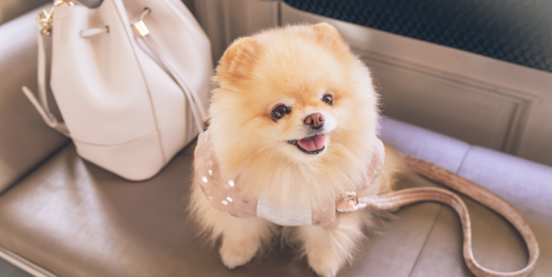
Choosing the best dog breed for apartment living can be a tricky task. Some dog lovers believe that being small is all it takes for a dog to be suited for apartment life but that is not always the case.
Coming home to a loving bundle of joy is a dream come true, but there are a few other things to keep in mind when choosing your new apartment-friendly puppy.
Your neighbors, kids, and pets in the building, new faces, distractions, and quiet hours, are all things you...
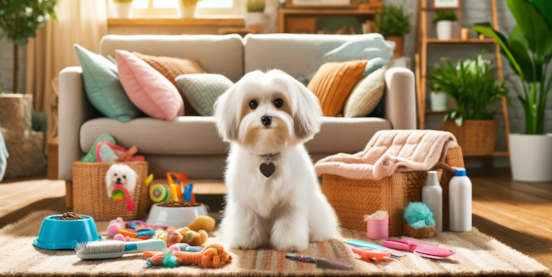
Caring for a Maltese dog can be a rewarding experience, but it comes with its own set of responsibilities. These charming little dogs, known for their long, silky white coats and friendly personalities, require specific care to keep them looking and feeling their best. If you're a new Maltese owner or just looking for some helpful tips, you've come to the right place.
This guide will walk you through all the essential aspects of Maltese care, from grooming and feeding...
Care
Grooming
Any discussion of Maltese grooming must start with their crowning glory - their luxuriously long, white coat. This single-layer coat is without an undercoat, which means less shedding but more grooming to keep it looking its best. So, when it comes to grooming a Maltese, consistency is key.
Daily brushing is a must to prevent knots and tangles. Using a slicker brush, start from the root and work your way to the ends to ensure every strand gets attention. Some owners prefer to keep their Maltese in a short "puppy cut" to make grooming more manageable, which can also keep your furry friend looking youthful and lively.
Bathing is essential but doesn't need to be daily. Depending on your Maltese's lifestyle, a bath every two weeks to a month should suffice. However, remember to use a high-quality dog shampoo that is gentle on their skin and fur.
Maltese are prone to tear staining, so daily face cleaning is crucial. Gently wiping around the eye area with a dog-specific wipe can help prevent the reddish-brown stains that can mar their angelic faces.
Tooth brushing is a non-negotiable part of Maltese grooming. Like other small breeds, they are prone to dental problems. Therefore, daily brushing with canine toothpaste will go a long way in keeping their pearly whites healthy.
Nail care is another area to attend to every few weeks. Their nails should be trimmed regularly to prevent overgrowth and the discomfort that comes with it. A quiet, relaxed environment and a good pair of dog nail clippers can make this task less daunting for both of you.
Lastly, don't forget those ears! A quick weekly check can help spot any signs of infection. Clean them gently with a vet-approved solution to maintain their health.
All these grooming rituals provide an excellent opportunity to bond with your Maltese. Remember, it's not just about keeping them looking good, but also about keeping them feeling good, which is the true essence of grooming your Maltese. They'll surely appreciate all the tender love and care, rewarding you with their affectionate companionship.
Exercise Needs
Though small in size, the Maltese carries a surprising amount of energy within its petite frame. Their enthusiastic nature and curious minds need regular stimulation through exercise to stay happy and healthy. However, their exercise needs aren't excessive - they're adaptable and can fit well into various lifestyles.
A couple of short to moderate-length walks per day, mixed with some playtime, usually suffices to keep a Maltese content. The breed thrives on social interactions and loves nothing more than a good game of fetch or a playful romp with their favorite human. They're quite adept at self-exercise too, often seen prancing around the living room or chasing a toy in the garden.
Despite their small stature, Maltese dogs are quite agile and make good competitors in dog sports such as obedience, agility, and rally. If you're interested, these activities not only provide physical exercise but also mental stimulation, which is vital for this intelligent breed.
Keep in mind that even though they love a good romp, Maltese are also prone to overexertion. Their enthusiasm can sometimes outlast their energy reserves, so it's essential to watch out for signs of tiredness. Panting, lagging behind, and lack of interest in play are signs that your furry friend may need a break.
In colder months or bad weather, when outdoor activities may not be feasible, indoor games can keep a Maltese entertained. Hide and seek, puzzle toys, and even a game of chase in a hallway can be enough to satisfy their activity needs.
While physical exercise is crucial for a Maltese, they also enjoy quieter moments of companionship. A cozy cuddle on the sofa or a shared quiet moment watching the world go by from a window can be just as satisfying for these lovable lap dogs.
Health
The Maltese, like any breed, comes with its own set of health considerations. These lively companions, with their flowing white coats and sparkling eyes, generally enjoy good health. However, being aware of potential health issues can ensure a proactive approach to their well-being, ensuring many happy, healthy years together.
One of the common conditions in small dogs, including the Maltese, is dental disease. Their small jaws often mean crowded teeth, which can lead to increased tartar build-up and gum disease. Regular dental checks, along with good oral hygiene at home, can prevent serious dental issues.
The Maltese breed is also prone to certain eye problems. Tear staining, caused by excessive tear production, is common but usually more of a cosmetic concern. Regular veterinary eye exams can help catch and manage these conditions early.
These potential health concerns aren't meant to alarm but to prepare potential Maltese owners. Many Maltese dogs live long, healthy lives without experiencing these issues. To increase your chances of a healthy pup, always select a reputable breeder who conducts necessary health tests and can provide evidence of healthy parents.
RELATED: How To Care For A Maltese
Life Span
The lifespan of a Maltese is something every potential owner considers. Good news - the Maltese breed is known for a lifespan that extends well into the double digits. On average, a healthy Maltese can live between 12-15 years. However, it’s not unheard of for these vivacious little pups to surpass that range, living well into their late teens and occasionally reaching their early twenties.
What contributes to this impressive longevity? It's a combination of their robust genetic heritage and dedicated care from their human families. Inherited from their ancient lineage, the Maltese are naturally resilient dogs. Add to this an owner's commitment to regular veterinary care, balanced nutrition, daily exercise, mental stimulation, and, of course, abundant love, and you have the formula for a long, contented life for your Maltese.
It's essential to note that, as with all breeds, the Maltese's lifespan can be influenced by various factors. This includes their overall health status, genetic predispositions, care, diet, and lifestyle. Ensuring your Maltese maintains a healthy weight is crucial, as obesity can lead to several health issues that may shorten their lifespan.
Aging in dogs, as with humans, can bring its share of health challenges. It's always important to watch for changes in your Maltese's behavior, eating habits, or energy levels as they age. Regular health screenings and check-ups become even more essential in their senior years.
Training
Training a Maltese is a delightful journey that cultivates a well-rounded, well-behaved, and obedient companion. Just like any other breed, Maltese dogs require early socialization and basic obedience training. The good news? This breed is known for their quick-witted minds and eagerness to please their human friends, which makes them highly trainable.
The Maltese is an intelligent breed, with a propensity to pick up commands and tricks relatively fast. They love to engage in play-based learning activities that keep their bodies moving and minds working. From sit, stay, and paw to more complex commands, a Maltese is capable of learning it all. All it takes is a consistent training regimen and a whole lot of praise and rewards.
Remember that, despite their small size, the Maltese is a confident breed with a big personality. They can be a bit stubborn at times, so it's crucial to approach training with a balance of firmness and gentleness. Never resort to harsh training methods; instead, opt for positive reinforcement techniques. Reward-based training, with treats, praise, and petting, will yield the best results.
Potty training can pose a challenge for some Maltese owners. This breed is known for being a bit harder to housebreak compared to others. Patience, consistency, and a regular bathroom schedule are key here. Crate training can also be beneficial in speeding up the housebreaking process.
Lastly, don't forget about socialization. Maltese puppies should be exposed to a variety of people, environments, and other animals early on to help them grow into confident, well-adjusted adults. As social butterflies, Maltese dogs enjoy the company of others and can benefit from playdates with other small dogs or participation in structured socialization classes.
History
The history of the Maltese breed is as grand and elegant as the dogs themselves, reaching back to the ancient civilizations that first inhabited the Mediterranean. Often referred to as "Ye ancient dogge of Malta," their origins are entwined with the island nation of Malta, where the breed was highly cherished for its beauty and charm.
Their stunning white coats and loving nature didn't just impress the Maltese islanders. As their reputation spread across the ancient world, the Maltese found favor among the nobles and aristocrats of Greece, Rome, and Egypt. In fact, archaeological evidence points to their esteemed status, with ancient artifacts and writings featuring the Maltese as a symbol of refinement and luxury.
It wasn't just their beauty that captured the hearts of ancient civilizations. Their affectionate and loyal temperament made them an ideal companion breed. Aristocratic women in Rome took to carrying them in their robes or sleeves, while poets and artists drew inspiration from their graceful demeanor.
As the centuries passed, the Maltese breed continued to enchant dog lovers across continents. By the Middle Ages, the breed had reached the shores of England, where they again found favor among the nobility. Queen Elizabeth I, Mary Queen of Scots, and Queen Victoria all reportedly kept Maltese dogs as companions.
The breed's introduction to America occurred in the late 19th century, and it wasn't long before the Maltese made its mark here as well. The American Kennel Club recognized the breed in 1888, and since then, their popularity has only grown.
While the purebred Maltese has a long-standing history steeped in prestige, in recent decades, a new chapter has emerged with the advent of Maltese crossbreeds. Breeding the Maltese with other popular breeds has resulted in a variety of 'designer dogs', each possessing their own unique set of characteristics, while still retaining the charm and grace of the Maltese lineage.
Crossbreeds like the Maltipoo (Maltese and Poodle mix), the Malshi (Maltese and Shih Tzu mix), and the Morkie (Maltese and Yorkshire Terrier mix) have been gaining traction among dog enthusiasts worldwide. These combinations bring out the best of both breeds, often yielding pups that carry the Maltese’s signature white coat and affectionate nature while reserving some of the favorable traits of the other parent breed.
Today, the Maltese are still adored for their luxurious white coats and loving temperament, embodying the same charm and elegance that first captivated the ancient world. This breed's timeless allure persists, making them a favorite choice for dog lovers seeking a small, affectionate, and undeniably attractive companion.



